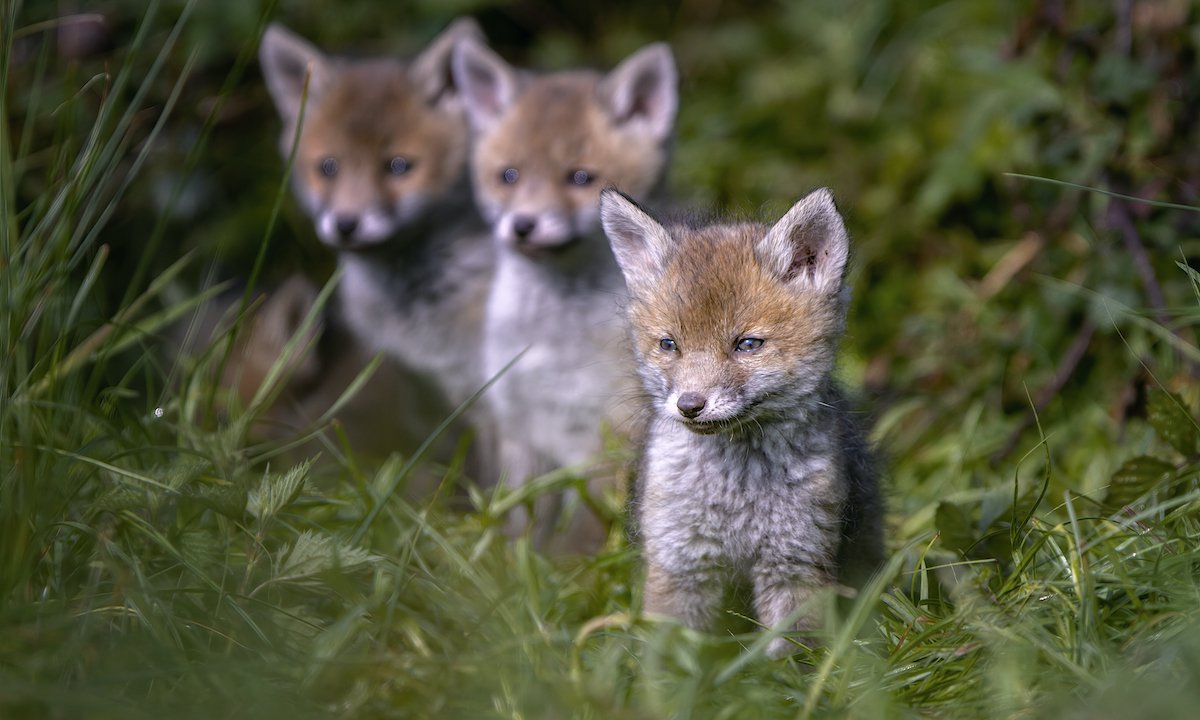

Spring is on its way — and so are the baby animals. For some people, that just means a good reason to keep the camera at the ready. For others, it means an unbearable temptation to squeeze every fuzzy critter that stumbles across the trail. So, when is cuddling wild animals advisable? Let’s find out.
When not to touch baby animals
In a recent op-ed, Laura Dorr, wildlife specialist at Lake Erie Nature and Science Center, shared the dos and don’ts of interacting with baby animals. She starts with an important basic: Do not try to domesticate wildlife; they are not your pets. Even though baby animals might look cute and cuddly, they are tough little creatures who were born to live in the wild, not in our homes.
As much as we want to keep baby animals safe from harm, taking them in and caring for them may not be the best solution. Ditto for feeding wild animals, even if they look lonely or hungry. These little ones need to learn crucial survival skills that can only be acquired in the wild. The most effective way to help them is by letting them grow up and thrive in their natural habitat.
So, if you see Bambi sunbathing in a field, give him some space—he knows the drill. Similarly, Eastern cottontail rabbits’ mamas only come to feed their young twice a day to protect them from predators, so just because you see some lone baby bunnies doesn’t necessarily mean they’ve been abandoned.
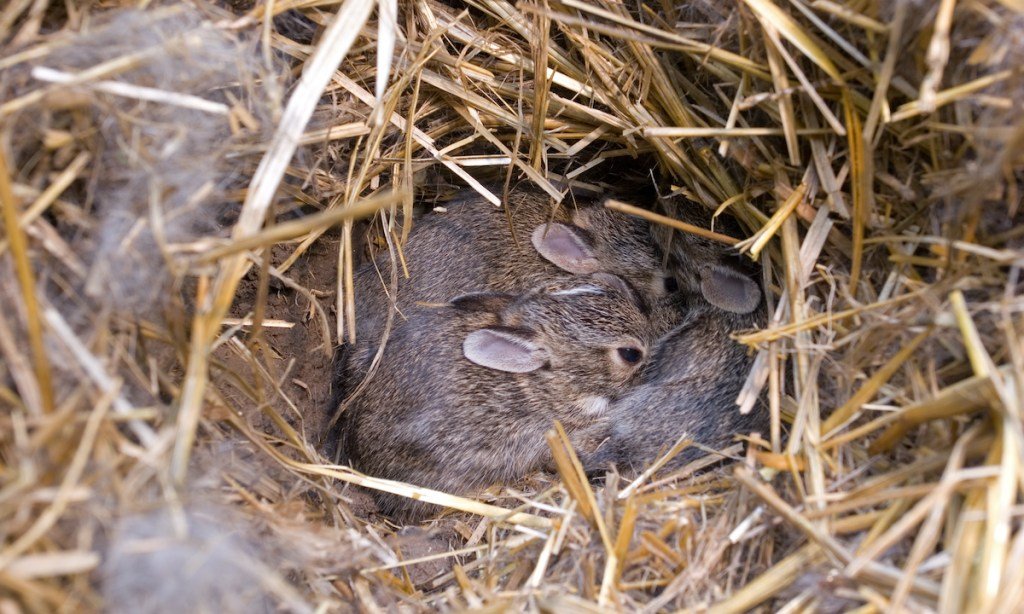
When to step in for rescue
There are, however, some exceptions to baby animals on their own. For example, if you see ducklings, goslings, gull chicks, or opossum babies, their solo status may warrant a rescue, Dorr writes in her essay.
However, unless the animal is in immediate danger, avoid scooping it up on your own. Instead, it’s best to call a licensed rehabilitator or official animal rescue service who will know how best to handle the babies without injuring them further.
If the baby is getting attacked by another wild animal, try to avoid intervening in the struggle, even though it might be hard to watch. If it’s being attacked by a domestic pet, though, or has been injured by a human, that’s the time to try to step in. Until help arrives, place the baby or babies in a well-ventilated box. Make sure it’s warm, quiet and dark. Resist the urge to provide food or water (leave that to a licensed rehabilitator.)
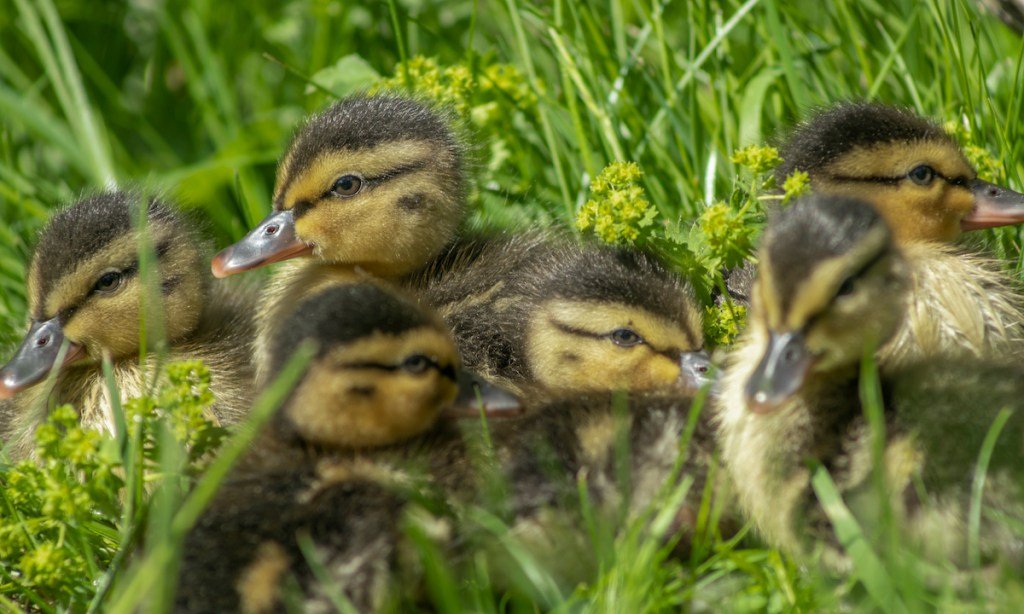
How to protect baby animals in your backyard
If springtime heralds the start of your landscaping chores, take some precautions first before you break out the lawn mower or tiller, let’s take a cue from the great David Attenborough and be mindful of the little critters who have made their homes in our landscapes.
First up, keep your eyes peeled for bunny nests when mowing or tilling your lawn. These furry little friends often burrow in the middle of the grass, and if you accidentally disturb (or relocate) their home, Mama Bunny may not be able to find them again.
Likewise, if you’re trimming overgrown branches, keep an eye out for bird nests. If you find a baby bird that has fallen out of the nest, the advice differs depending on the bird’s age. According to the Audubon Society, you should gently return birds to the nest if they appear uninjured and are covered with downy feathers. In that case, Mama Bird will take care of the rest. But, if you spot a baby bird that has real feathers, it’s learning how to fly and should be able to take care of itself. Unless it’s clearly injured, leave it be.
Usually, the best advice is to leave a baby animal alone or call a licensed rehabilitator to handle the situation for you. Usually, the urge to help an animal results in more harm than good. Remember: you are not a Disney princess. Just because birds and bunnies love cuddling with Snow White doesn’t mean they’ll be excited to hang out with you.


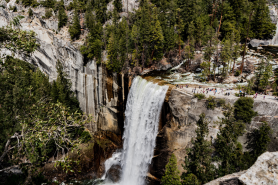
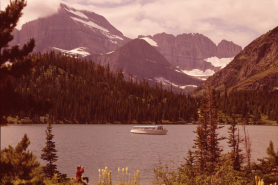
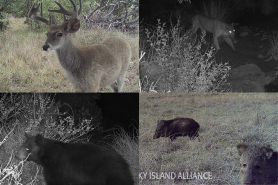
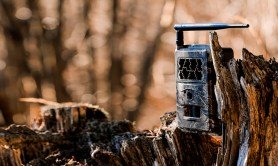
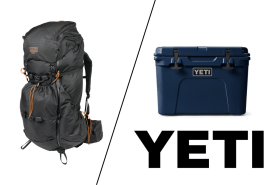

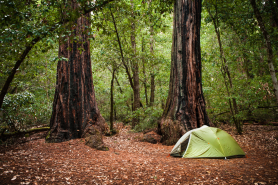
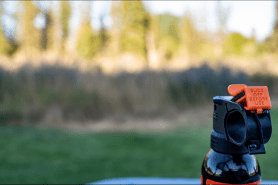
I’d love to be a bear cuddler
I am 56 years old I live. I live in lake MI 48632. I am unemployed and have taken care of animals sick and healthy. Most of my own pets I have an old cat. That is 15 years old and very Dazzle and loving. I would be interested in being a Cub cuddler